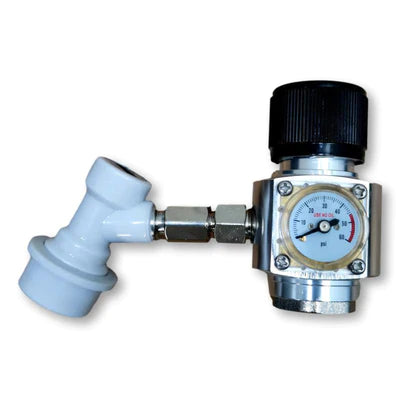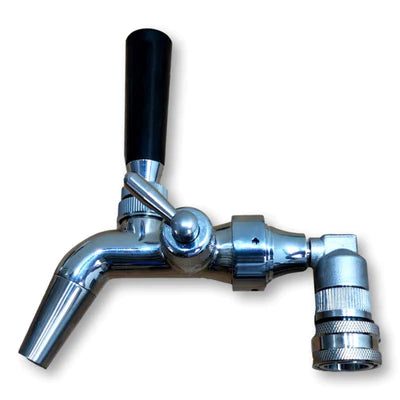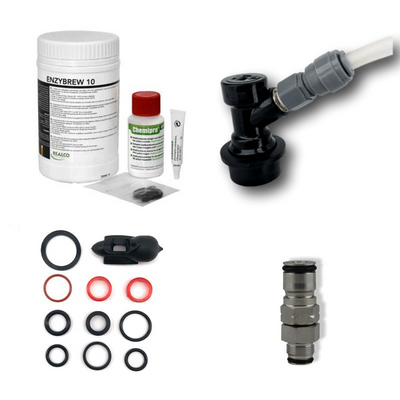Free & Fast Shipping Options In EU
Free & Fast Shipping Options In EU
About
Kegging Gear

How To Keg Your Beer ? The Benefits of Kegging
February 17, 2023 3 min read
How To Keg Your Beer ?
Home brewing is a popular hobby for those who enjoy crafting their own beer and experimenting with different flavors and styles. While bottling beer is a traditional and familiar method of storing and serving home brews, kegging has become an increasingly popular option among home brewers.
In this article, we'll explore the benefits of kegging home-brewed beer, the equipment needed, and the steps to get started.
Benefits of Kegging Home Brewed Beer :
There are several benefits to kegging home brewed beer that make it an attractive option for home brewers. One of the most significant benefits is the ease of serving and dispensing beer. Kegging eliminates the need for bottle conditioning, which can be a time-consuming process. Additionally, kegs can be easily transported and are a more convenient option for serving beer at events or parties. Kegging also allows for more control over carbonation levels and makes it easier to experiment with different flavors and styles of beer.
Equipment Needed for Kegging :
To start kegging your home brewed beer, you'll need a few essential pieces of equipment. These include a keg, CO2 tank, regulator, tubing, and a dispensing system.

Here's a closer look at each piece of equipment and what it does:
Keg - A keg is a container that holds the beer and carbon dioxide (CO2) used to dispense it. Kegs come in various sizes and styles, including Cornelius (Corny) kegs or keg packages put together for your home brew
CO2 Tank - A CO2 tank is used to store the gas that is used to carbonate and dispense the beer.
Regulator - A regulator is used to control the pressure of the CO2 in the tank and ensure that the beer is dispensed at the correct pressure.
Tubing - Tubing connects the keg to the regulator and the dispensing system.
Dispensing System - A dispensing system is used to serve the beer and typically includes a tap, faucet, and hose.
Steps to Kegging Home Brewed Beer :
Once you have all the necessary equipment, you're ready to start kegging your home brewed beer.
Here are the steps to follow:
Clean and sanitize the keg - Before filling the keg with beer, it's essential to clean and sanitize it to prevent contamination. This can be done using a specialized cleaning solution and following the manufacturer's instructions.
Fill the keg with beer - Once the keg is clean and sanitized, you can fill it with your home brewed beer.
Carbonate the beer - After filling the keg, it's time to carbonate the beer using the CO2 tank and regulator. The carbonation process can take several days, depending on the desired level of carbonation.
see the Beer Carbonation Chart and some additional info about force carbonation and Carbonation Calculator
Dispense the beer - Once the beer is carbonated, it's ready to be served. Connect the keg to the dispensing system and adjust the pressure to ensure that the beer is dispensed at the correct pressure.
Here is the video of Ikegger Home Brew Package in use
Tips for Kegging Home Brewed Beer Here are a few additional tips to help you get the most out of kegging your home brewed beer:
Choose the right size keg - Kegs come in various sizes, so it's essential to choose the right size for your needs. A five-gallon keg is a popular choice for home brewers.
Clean and sanitize all equipment - To ensure the beer is not contaminated, it's essential to clean and sanitize all equipment thoroughly.
Experiment with carbonation levels - Kegging allows for more control over carbonation levels, so it's a good
Subscribe
Sign up to get the latest on sales, new releases and more …







